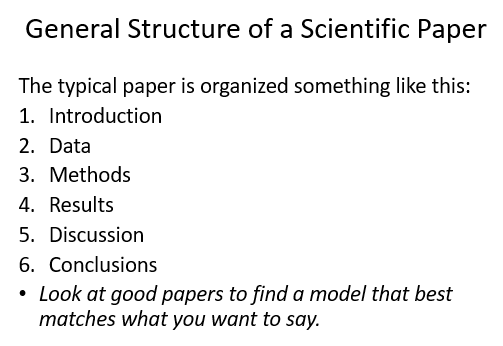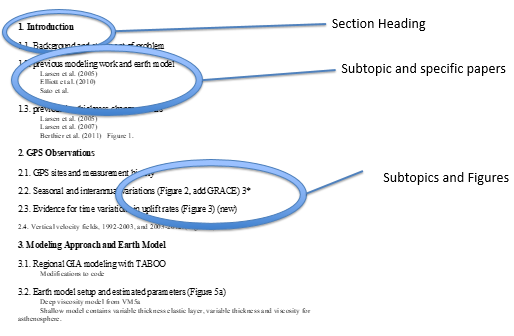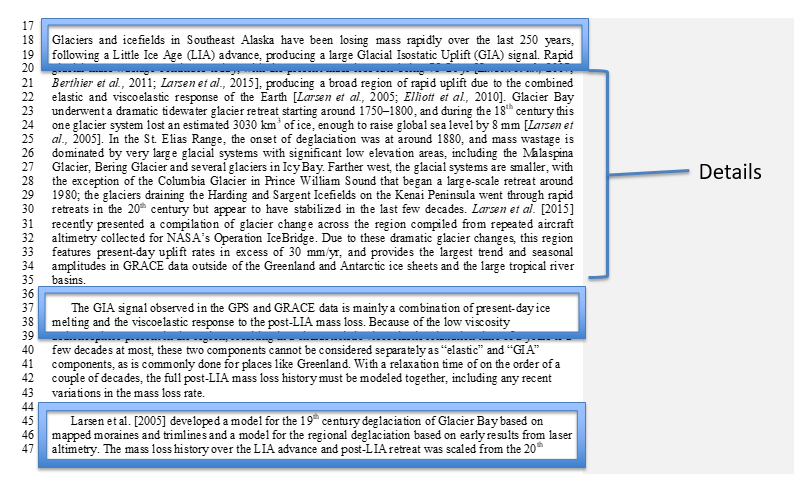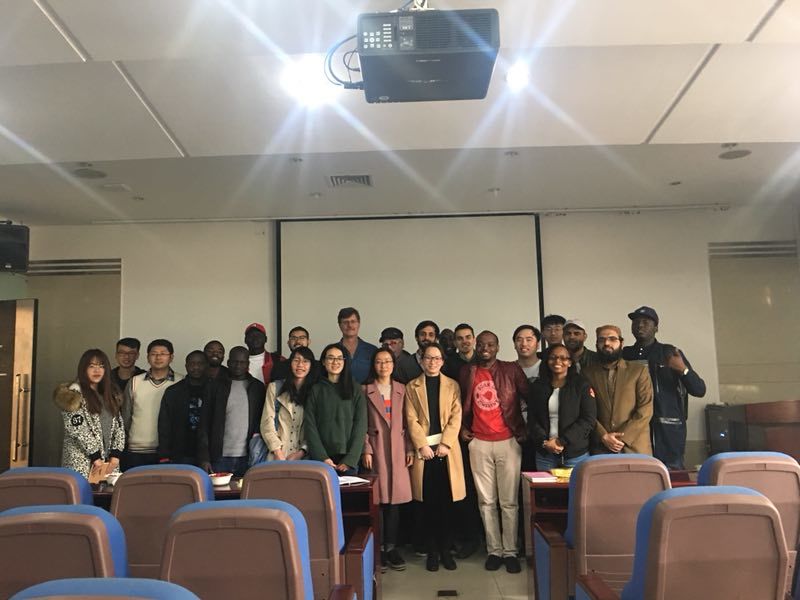Skills of Writing a Scientific Paper
Host:Uqba Ramzan; Text: Sherry(李雪柔); Photo:Ahmed Mohamed Reda Mansour; Vedio: Echo(徐蕾); Editor: Liu Shanhong(刘山洪), Stephen C. McClure
About the speaker
Prof. Jeff T.Freymueller served as a member of the US National Committee from 2003-2016, and was the chair of the committee and the USA representative to the IUGG Council from 2011-2016. In addition, he was a past US National Representative to the International Association of Geodesy (IAG).He is also now Director of the Earth Scope National Office. His research interests include the kinematics and dynamics of active processes that shape the Earth. He has made great contributions to the realm of geodesy and geophysics and has published more than 110 scientific papers that were issued in the journals of Nature, Science, Journal of Geophysical Research, Geophysical Research Letters, and so on. He is a Fellow of the American Geophysical Union (AGU).
About this English Geo-science Café session
At 14:30, 15thMarch, 2018,Prof. Jeff T.Freymueller attended English GeoScience Café No.19 and spoke about Skills of Writing a Scientific Paper.A critical aspect of the scientific process is the reporting of new results in scientific journals in order to disseminate that information to the larger community of scientists. Most journals accept papers for publication only after peer review by a small group of scientists who work in the same field and who recommend publishing the paper. In this session, Prof. Jeffrey talks about how to write an excellent paper and how to make your paper easily accepted by journals.

Fig 1. Professor Jeffrey T. Freymueller andaudiences
Prof. Jeffrey started with the importance of communication. He said that if you don't write up your work and publish it, nobody can ever know what you did. So you have to communicate your work and what you've done. After your work, it's your responsibility to write about your work clearly.
He added that writing clearly requires three rules: (1) proper organization of material, (2) logical ordering of text and figures because you are making a description of working you have done and argument for what you've found, (3) correctly using language.
Then, he divided his presentation into three parts:
1) General structure about scientific paper;
2) Outlining, basically organization and methods that put your thoughts in order;
3) Writing clearly in English, avoid common mistakes.
1. General Structure
Prof. Jeffrey mentioned that typical paper is organized in several sessions as follow in figure 2.

Fig. 2 The General Structure of a Scientific Paper
He saidthatthe first step of writing scientific paper is making order, and how to put structure of your paper. The key point is finding a couple of good papers with good basic structure, which are easy to read and see. Start out with learning good structure will lead to a good starting.
2. Outlining
According toProf. Jeffrey, the outline is that you put your ideas into a structure that starts with main topics, lists sub-topics and so on. There are some rules, which should be followed when making an outline.

Fig .3 The Format of Outline
He said two key comments; 1) you should make outline to your paper including references to the figures, before you start writing anything; 2) you should detail the outline’s whole structure. Once the outline is complete, you can start writing parts of your paper. Following the outline will keep everything in order.

Fig. 4 Example of Outline
He also mentioned that having the outline and figures makes the text much easier to write, because each piece you are going to do when you ultimately write is a self-detain define piece.
2.1 Problems Avoided Though Outlining
Prof. Jeffrey said the most common problem in papers is that material is put in the wrong place. The solution is to give yourself the structure, and then you can focus on each topic one by one and know whether you put them in the right time of structure.
He added that breaking the text up into piecesthat along together[s1] makes it easier to read. Each paragraph is one topic and should start with a topic sentence, which makes it clear. Don’t suddenly change to another topic in the middle of a paragraph.

Fig.5 Example of Topic Sentence
3. Writing Clearly in English
Prof. Jeffrey summarize his experience into the next 8 parts
(1) Types of words
If you use the wrong type of words, you will destroy the sentence structure and make it hard to understand.
(2) Do not mix up adjectives and adverbs
(3) Learn to identify the main words and modifiers
The core meaning is preserved if the modifiers are removed, so modifier doesn’t change the sentence structure.
(4) Subject and verb
(5) Verb tenses
Verb tense is important. Mixing them causes difficulty in our understanding. When writing scientific papers he likes using past tense to describe thing that was done. If you are making an argument or results that you are doing right now, we should use present tense.
(6) Actions in the past
(7) Active VS Passive Voice
Active voice is always stronger and direct, which almost always better for scientific writing.
(8) The and A
“The” is used when talking about a specific case (noun) while “A/An” is used for a non-specific case. Prof. Jeffrey said whether to use “the/a” depends on the content.
In the end, theaudiencehad a warm response to Prof. Jeffrey andasked many questions.
Q&A
Q: Could you talk about conclusion? Because I found that many people have the problem that mixed discussion and conclusion up. (From Stephen C. McClure)
A: There is a simple rule I can give you about conclusion. I don’t like put discussion and conclusion in one section, they should be separate. Don’t mention anything first time in the conclusion, except future things. Conclusion just the summary of your key point, it’s like long version of abstract.

Fig.6 Group photo of session 19